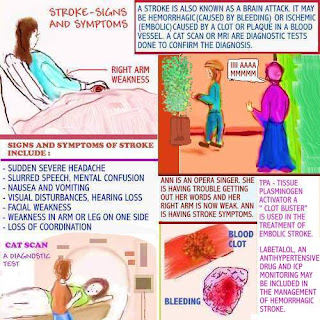
Hi guys,
If the patient in your care, complained of
chest pain,
would you know what to do?
Do you know how to
assess, document and intervene?
To learn more just click on the link. Please watch Sessions 4, Chest Pains Assessment
and enjoy learning.
Be heart smart!
The image above shows a Code blue in progress. This is
happening in the emergency Room. Always follow your
Institution's policies and procedures for Code Blue.
What is the role of the nurse who is assigned to the Code Blue?
The nurse has an important role in effective communication.
There are many responsibilities.
- staying calm in a chaotic situation
- giving clear instructions to coworkers
- ensuring that MD orders are conveyed correctly
- proper documentation of vital signs and all treatments /
interventions that take place ( defibrillation for example)
- the nurse becomes the " binding force






















 Dear nurses,
Dear nurses, 
